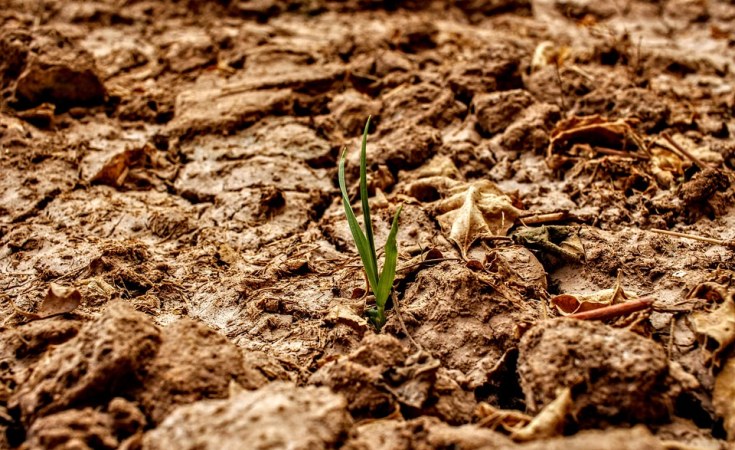Mogadishu — Climate extremes will keep hunger in Somalia at record highs, warned the United Nations World Food Programme (WFP) today, as deadly floods sweep the country, devastating deeply food-insecure communities who are still battling to recover from the country's longest recorded drought. The end of over two years of drought that pushed the country to the brink of famine has brought little relief for families. Floods - by some estimates the worst in decades - have driven close to half a million people from their homes and crippled families' attempts to rebuild their drought-ravaged livelihoods.
"The most vulnerable people in Somalia have been hit once again by climate change. With these floods following right after the drought, it feels like a relentless bombardment of climate shocks for struggling families," said Laura Turner, WFP Somalia Deputy Country Director. "Humanitarian aid brought people back from the brink of starvation in 2022, but Somalia is still facing the highest levels of hunger it has suffered in over a decade. We need to provide communities with the tools and knowledge to weather these extremes to break the crisis-driven cycle of hunger that has afflicted Somalia for too long."
In October, as ominous weather forecasts predicted heavy rain and floods exacerbated by El Niño weather pattern, WFP activated a flood anticipatory action programme - its first in Africa - in coordination with the Government of Somalia. WFP delivered pre-emptive cash transfers and warning messages in districts projected to suffer heavy flooding, reaching over 200,000 people so far. The total disbursement under the programme will be US$4.1 million. WFP also pre-positioned boats in key locations to support food delivery when the floods hit.
"We heard the message that the floods were coming. We heard it several times while we stayed in the flood zones," Meymuna Ali, a resident of a flood zone in Beletweyne on the Shabelle River, told WFP last week. "The message helped us [prepare to] evacuate. God willing, we will move."
The floods hit along the Juba river in early November, in areas such as Luuq and Baardheere,where a key bridge was swept away. Areas along the Shabelle River, including Beletweyne, were inundated over the weekend leaving communities battling to save their homes, livestock, and crops.
The anticipatory action programmes in these areas meant that families had the information and means to protect their homes or move before the floods hit, leaving fewer people now in need of emergency assistance.
But with a quarter of Somalia's population - 4.3 million people - forecast to face crisis-level hunger or worse (IPC3+) by the end of the year, the support of the humanitarian community remains a lifeline. The floods have exacerbated Somalia's hunger crisis, at a time when significant funding shortfalls mean that WFP is only able to provide food assistance to less than half of the people most in need.
Without additional funding, WFP will struggle to scale anticipatory action programmes or make longer-term investments to build resilience, enable Somalia to adapt to these increasingly severe climate shocks and break the cycle of crisis-driven dependence on humanitarian aid. WFP's funding gap in Somalia is US$ 378 million from November 2023 to April 2024.


